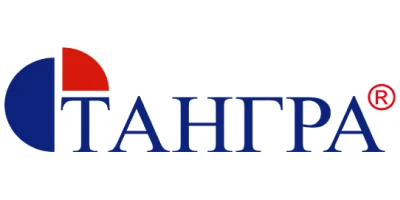What is an ERP System?
ERP (Enterprise Resource Planning) is an integrated solution for managing a company’s core business processes and resources. Because of its broad scope, ERPoften stands for business software, often “masking” or combining different specialized solutions. What all ERP systems on the market have in common is the automation and traceability of the processes they cover.
How to Choose an ERP System?
In short – very carefully. The ERP market is crowded, and choosing a provider often feels like entering a “long-term marriage”. To make things even more complicated – not every software solution is suitable for every company, including nZoom. One more hard truth – according to recent studies, only about 14% of large ERP implementations are completed on time and within the planned budget. We aim to support this process by sharing best practices and helping answer the question: What is an ERP system?












